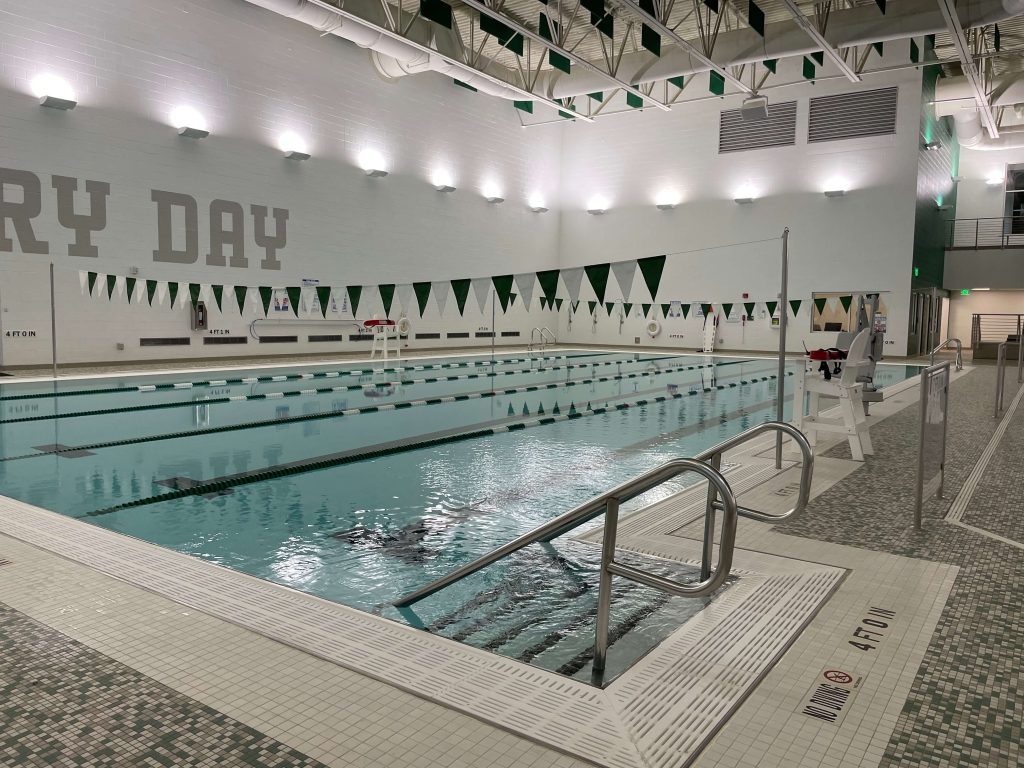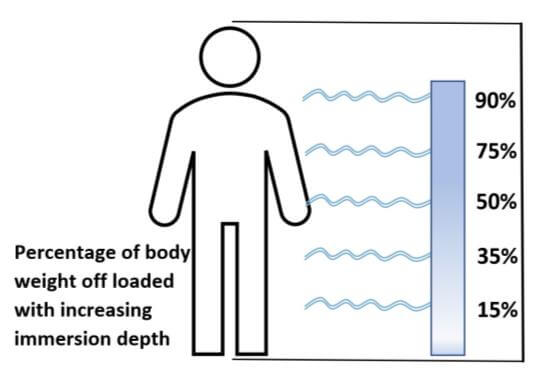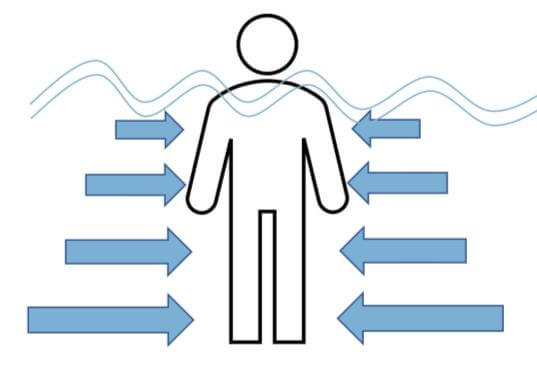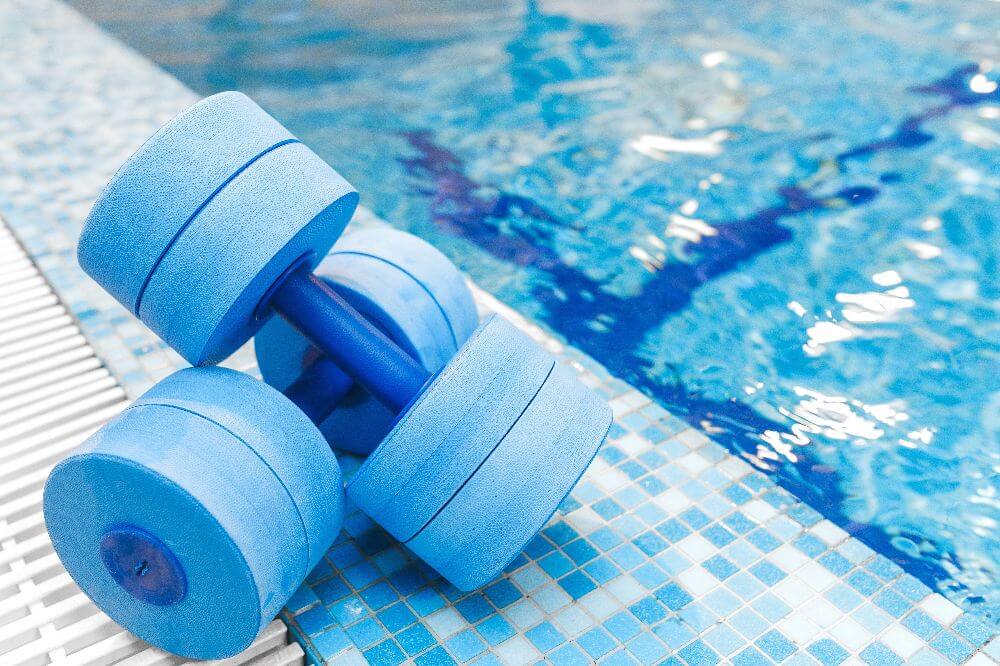FreeFLO AQUATIC THERAPY PROGRAM
Navigate life’s obstacles, no matter how rough the waters get.
Why aquatic therapy?
Our FreeFLO Aquatic Therapy Program delivers unique and individualized benefits to people of all ages and activity levels, including improved circulation and mobility, decreased swelling, and general strength and conditioning. Most significantly the water aids in supporting and unweighting your body, allowing you and your Doctor of Physical Therapy to focus on your gait, balance, and strength goals in a safe and comfortable environment.

How does it work?
There are several unique properties of water that provide an exercise experience that can’t be achieved on land:

BUOYANCY
Water supports the body, decreasing stress on joints and muscles which allows you to perform movements with less pain and through greater ranges of motion. For example, exercises performed in waist deep water off-load 50% of your body weight. Imagine what you could do if you weighed half as much!

HYDROSTATIC PRESSURE
Water provides constant, gentle compression to the body, aiding in circulation and lymphatic flow which promotes faster healing and recovery. The deeper a body part is submerged, the more pressure is exerted on this body part. This pressure gradient makes aquatic therapy particularly beneficial for clients with excess edema, or swelling.

VISCOSITY AND RESISTANCE
Water is roughly 50 times more viscous (thicker) than air. The increased resistance provided by exercising in an aquatic environment leads to improvements in strength, coordination, and balance without the need for weights as compared to land activities. As you get stronger these aquatic exercises can be progressed by adding equipment that makes moving through the water more difficult.

TURBULENCE AND DRAG
Water can be manipulated around you, further increasing the difficulty of exercise. Your therapist can increase the turbulence when appropriate, creating an unstable environment that forces you to engage your core to maintain proper position and posture. You can also make exercises more challenging by changing the speed of your movements. The faster you move, the more drag you create, forcing your muscles to work harder.
Would I benefit from aquatic therapy?
Aquatic therapy could be beneficial for you if any of the following apply:
- Balance Difficulties
- Gait Deviations
- Chronic Pain Conditions
- Fibromyalgia
- General Deconditioning
- Injuries, Sprains or Strains
- Knee Pain
- Low Back Pain
- Osteoarthritis
- Rheumatoid Arthritis
- Post-Surgical Rehab
- Post-Stem Cell Procedure
Schedule an assessment today and discover what a comprehensive aquatic therapy program can do for you!

